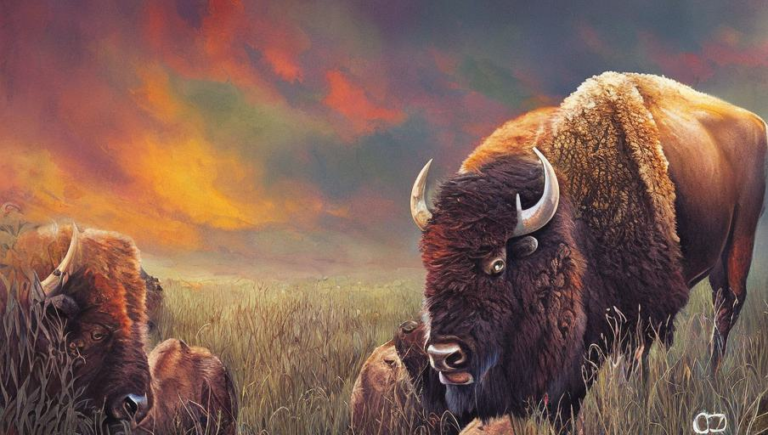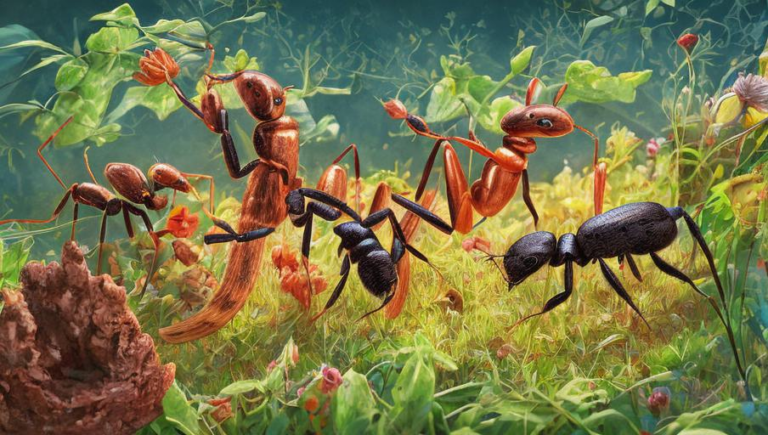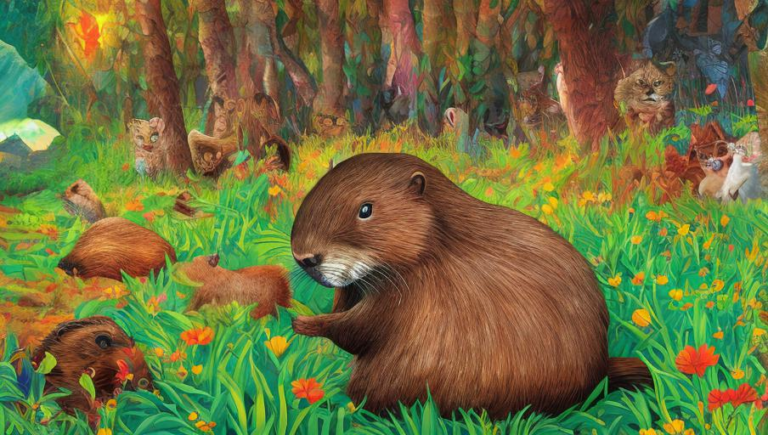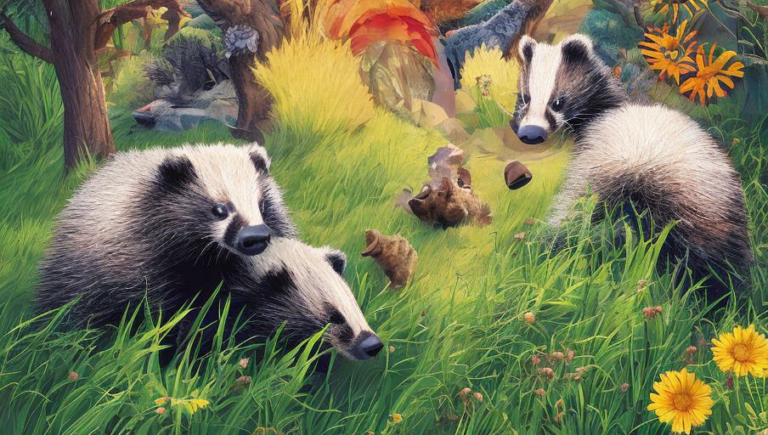Great Migration Patterns of the Albatross
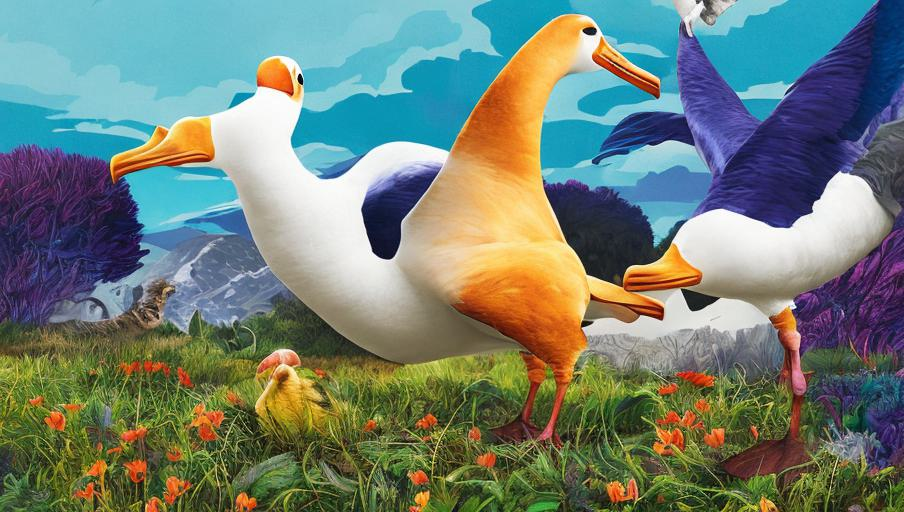
Introduction
The albatross is an amazing bird species that can be found in many parts of the world. These birds have a wingspan of up to 11 feet and have the ability to fly for long distances without ever needing to rest. The albatross is a migratory bird, and its annual journey is an incredible feat of endurance and navigation.
Migration Patterns
Albatrosses can be found in the North Pacific, South Atlantic, and Indian Ocean. They migrate from their breeding grounds in the spring and summer months to their wintering grounds in the fall and winter. During the migration, they will often make stops at various islands or landmasses to rest and feed. They can travel up to 10,000 miles in a single journey.
The albatross is able to use navigation tools such as the sun and stars to find their way. They are also able to use air currents to help them find their way. The albatross can travel up to 200 miles in a single day, and can reach speeds of up to 80 miles per hour.
Dangers of Migration
The albatross is threatened by a number of dangers during their migration. They are vulnerable to being caught in fishing nets, and can be killed by predators such as sharks. Additionally, they are threatened by the destruction of their habitats due to human activity, such as oil spills and pollution.
Conservation Efforts
In order to protect the albatross from extinction, conservation efforts have been put in place. These efforts include the creation of protected areas, the implementation of fishing regulations, and the monitoring of nesting sites. Additionally, conservationists are working to educate the public about the importance of protecting albatrosses and their habitats.
Conclusion
The albatross is an amazing creature that has the ability to travel long distances with ease. However, the journey is not without its dangers, and conservationists are working hard to protect these birds and their habitats. By learning more about the migration patterns of the albatross, we can all help to ensure their future.

